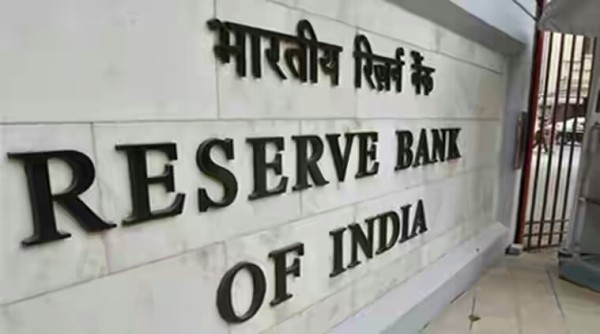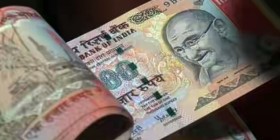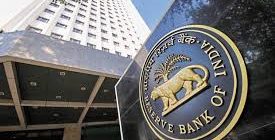The Reserve Bank of India left its policy rates unchanged in its second bi-monthly monetary policy review for this financial year. The benchmark repo rate, at which RBI lends to banks, is unchanged at 6.5% as the central bank as it took cognisance of rising inflation in recent months.
Consumer price index inflation jumped to 5.4% in April from 4.8% the previous month. This “inflation surprise in the April reading makes the future trajectory of inflation somewhat more uncertain,” the central bank said explaining its rationale for leaving rates unchanged
What would decide future policy steps?
The Reserve Bank said while a good monsoon and the introduction of an electronic national agriculture market should moderate any sharp rises in food prices, there were upside risks to the inflation forecasts too.
“Firming international commodity prices, particularly of crude oil; the implementation of the 7th Central Pay Commission awards which will have to be factored into projections as soon as clarity on implementation emerges; the upturn in inflation expectations of households and of corporates; and the stickiness in inflation excluding food and fuel,” pose a risk to inflation remaining above RBI’s comfort level.
Taking these factors into account, the inflation projections given in the April policy statement are retained, though with an upside bias, ” the central bank added.
In the review, the central bank also said it will keep cash reserve ratio unchanged at 4% and continue to provide liquidity to move the banking system from a liquidity deficit to a neutral situation, something which will aid in transmission of the rate cuts already undertaken.
“More monetary transmission to support the revival of growth continues to be critical. The government’s reform measures on small savings rates combined with the Reserve Bank’s refinements in the liquidity management framework should help the transmission of past policy rate reductions into lending rates of banks. The Reserve Bank will shortly review the implementation of the Marginal Cost Lending Rate framework by banks,” the statement said.
RBI has cut its rates by 150 bps in the last eighteen months, but bank lending rates (weighted average lending rate for fresh rupee loans) have come down by less than 100 basis points by March this year.






Leave a reply